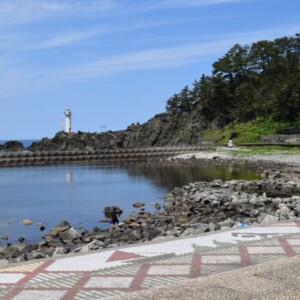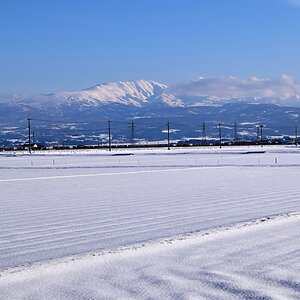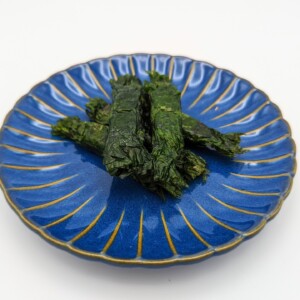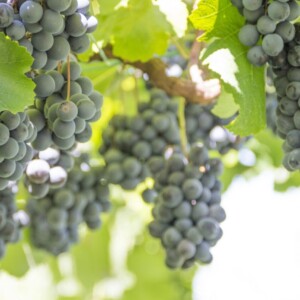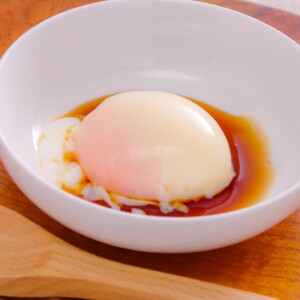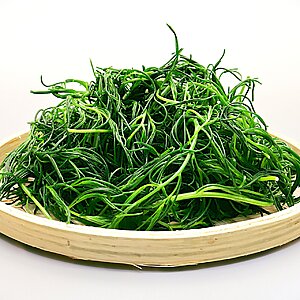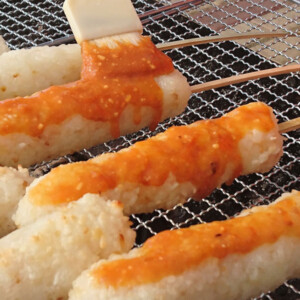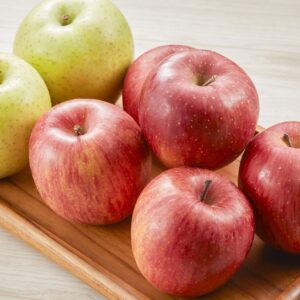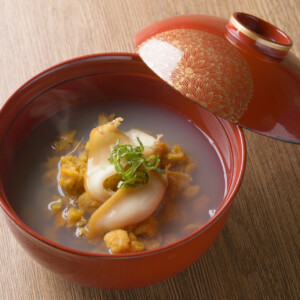
What is "Fusubezuke," a vegetable dish passed down only in Yonezawa? [Yamagata Prefecture]
table of contents
Yonezawa City has traditional vegetables and their pickles that are registered as trademarks
The name of the vegetable, said to have been directly handed down by Lord Uesugi Yozan, "yukina," one of the vegetables that represents the snowy city of Yonezawa. Pickles made with this snowna are "fusube-zuke" and are loved by the locals.
It is also popular as a winter souvenir only available in Yonezawa City
We will introduce you to the appeal and origins of "Yukina" and "Fusubezuke," which are only available during the winter season
Please read to the end.
For your reference, the recipe is included at the end!
Is "Yukina" a special winter vegetable?
"Yukina" refers to the flower stalk of the Toyama turnip
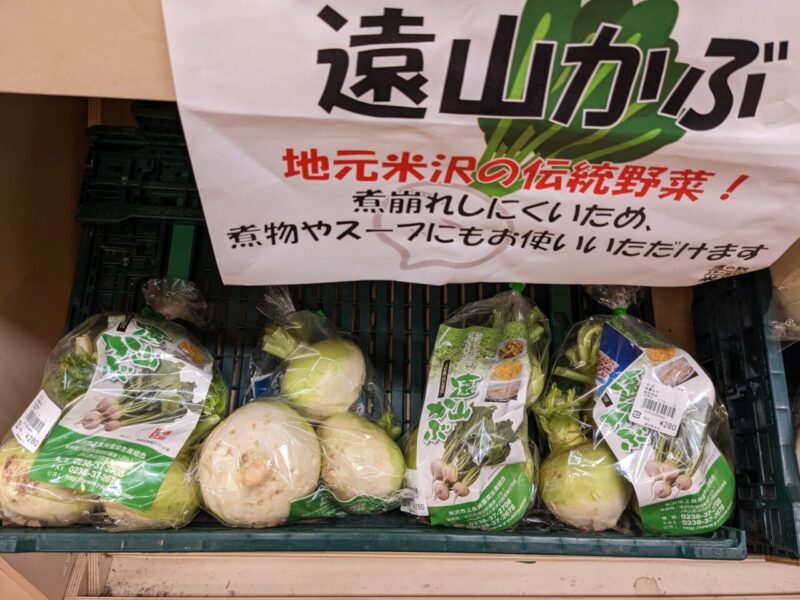
It is said that Lord Uesugi Yozan recommended the cultivation of a local native turnip (Toyama turnip) in order to promote the local industry in Yonezawa, and it began to be cultivated in large quantities
At the time, turnips (flower stalks) were eaten, but nowadays, seeds are grown by natural hybridization with "Nagaokana," which was introduced from Niigata, and are cultivated by a limited number of farmers in the Toyama district of Yonezawa City
As a precious native species, it has been certified as the "Ark of Taste" by the All Japan Slow Food Association and as a Yamagata Okitama traditional vegetable
The way to grow Yukina was special!
As the name suggests, Yukina is a vegetable that can only be grown in snowy regions, and it has been identified for cultivation in the Kaminagai area of Yonezawa City
Thanks to our ancestors who thought of using the troublesome snow to grow vegetables, precious and delicious vegetables that are only found in Yonezawa have been passed down
Yukina is under the snow? It will take almost half a year to complete!
It takes about six months for Yukina to be ready for harvest
First, the seeds are sown in mid-August, and when they grow to 60-80cm in height, they are harvested in early November. The snow vegetables are then grouped into groups of 10 and surrounded with straw and soil to create a snow room
When snow piles up and completely buries the plant, the temperature and humidity become constant, allowing the Yukina to continue growing while blanching
Information
- Yonezawa City Kaminagai Yukina Production Association
- Secretariat: 129-1 Fujiizumi, Kubota-cho, Yonezawa City
- Phone: 0238-37-2708
Google Map
Fusube pickles? Yukina pickles are a little spicy and delicious!
The word "fusube" in "fusube pickles" comes from the Yonezawa dialect word "fusuberu," which means to dip something in hot water
Instead of boiling, the noodles are dipped in boiling water, which may seem simple, but this dipping method is actually an important part of the process.
One way to eat Yukina is to combine pickled Yukina (as shown in the image above) with dried shiitake mushrooms, freeze-dried tofu, carrots, and uchimame (dried mashed edamame beans) simmered in light soy sauce to create a dish called " hiya-jiru, " which is somewhere between a stew and a blanched dish, and one of the New Year's dishes .
There are other vegetables that are grown during the winter!
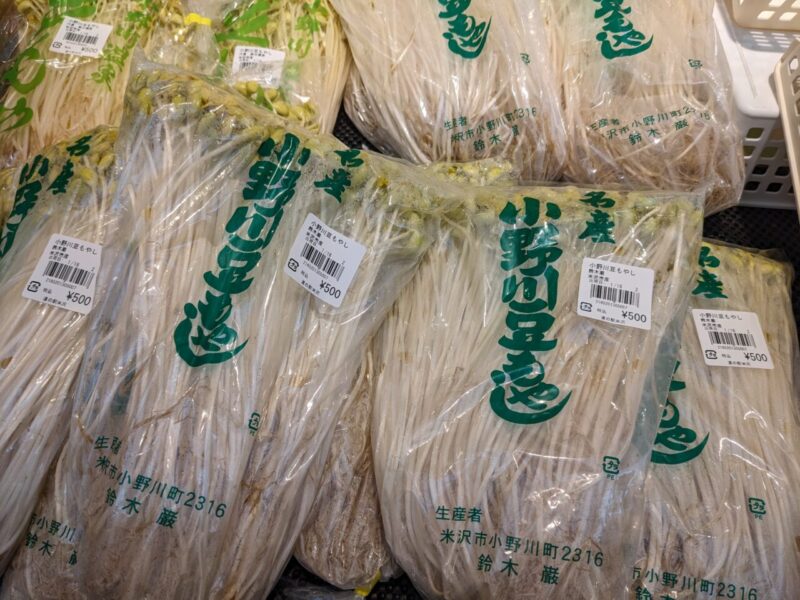
Yonezawa City also has other vegetables that are only grown in winter
These bean sprouts are grown in Onogawa Onsen, known as the inner sanctum of Japan, making effective use of the abundant hot spring water. Unlike regular bean sprouts, these sprouts have stems that are over 20cm long, and have a crunchy texture and an addictive bean flavor
Bean sprouts are grown only during the winter months from November to March .
In winter, a workshop is set up in the hot spring town of Onogawa Onsen, where hot spring water is run under the raised beds to maintain a room temperature of 30 degrees and soybean sprouts are grown. After about a week, the sprouts grow to about 30 cm and are harvested
Cut off the roots and boil the beans until cooked through, then use them in a salad, stir-fry, as a topping for ramen, or even in sukiyaki with Yonezawa beef. It's delicious!
recipe
*How to pickle Fusube
1. Cut the thoroughly washed Yukina into pieces about 3cm long.
2. Boil water in a pot, then place the cut Yukina in a colander and submerge the colander in the water for 3-5 seconds, then remove. Turn the Yukina over and submerge again for another 3-5 seconds, then remove.
3. Steam for about 1 minute.
4. Cool thoroughly in plenty of cold water.
5. Add the cooled Yukina and thinly sliced carrots for color, and mix with salt.
6. Remove the air using a ziplock bag or similar, and seal.
7. Leave to sit in the refrigerator for 2-3 days and it's ready.
It takes more than 48 hours for the spiciness to develop, so be patient. The spiciness of the finished Fusube pickles quickly fades, so we recommend taking them out little by little just before eating
summary
We have briefly introduced traditional vegetables that have been carefully passed down from generation to generation only in this area, such as "yukina," "Toyama turnip," and "mame bean sprouts."
The vegetables that a limited number of farmers continue to produce to preserve the traditional flavors become more delicious when exposed to the harsh winter cold, bringing happiness to the dinner table
If you come across this rare winter delicacy, be sure to give it a try! It's truly delicious



![[Yonezawa City, Yamagata Prefecture] What kind of place is Yonezawa? Trivia series to help you understand the region, including its history, sightseeing spots, and specialties 24937365_m](https://jp.neft.asia/wp-content/uploads/2024/05/24937365_m-150x150.jpg)
![[Miyagi Prefecture] What is “zunda” in Zunda mochi? Introducing the deliciousness from the origin of the word! 4067862_m](https://jp.neft.asia/wp-content/uploads/2021/12/4067862_m-150x150.jpg)
!["Mogami safflower" certified as a Japanese heritage and Japanese agricultural heritage [Yamagata Prefecture] Mogami safflower](https://jp.neft.asia/wp-content/uploads/2022/12/30121446_m-1-150x150.jpg)
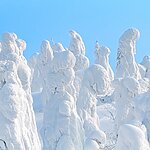
![[Tsuruoka City, Yamagata Prefecture] Tsuruoka's food culture has been passed down for hundreds of years 1470_Zenpoji Temple](https://jp.neft.asia/wp-content/uploads/2023/04/2d6b75e2500adfb8f7b8e6c68a2f7a03-150x150.jpg)
![[Yonezawa City, Yamagata Prefecture] Visit a hot spring connected to the Uesugi family of the Yonezawa Domain 1530_Onogawa Onsen Foot bath](https://jp.neft.asia/wp-content/uploads/2023/05/4ed5d5851f7d92ca3b0ebed3220d6418-150x150.jpg)
![[Yamagata Prefecture] Walking through Tokamachi and Nanokamachi in Yamagata City, where the scent of the Edo period remains Yamagata city from Kasumi Castle Central Observation Room](https://jp.neft.asia/wp-content/uploads/2023/09/26303875_m-150x150.jpg)
![[Yamagata Prefecture] 3 famous waters in Yamagata Prefecture! Yamagata Prefecture is home to blessed water created by snow, mountains, and forests. Yamagata Falls](https://jp.neft.asia/wp-content/uploads/2023/02/9b639100f52e30365f8499a2f4657724-150x150.jpg)
